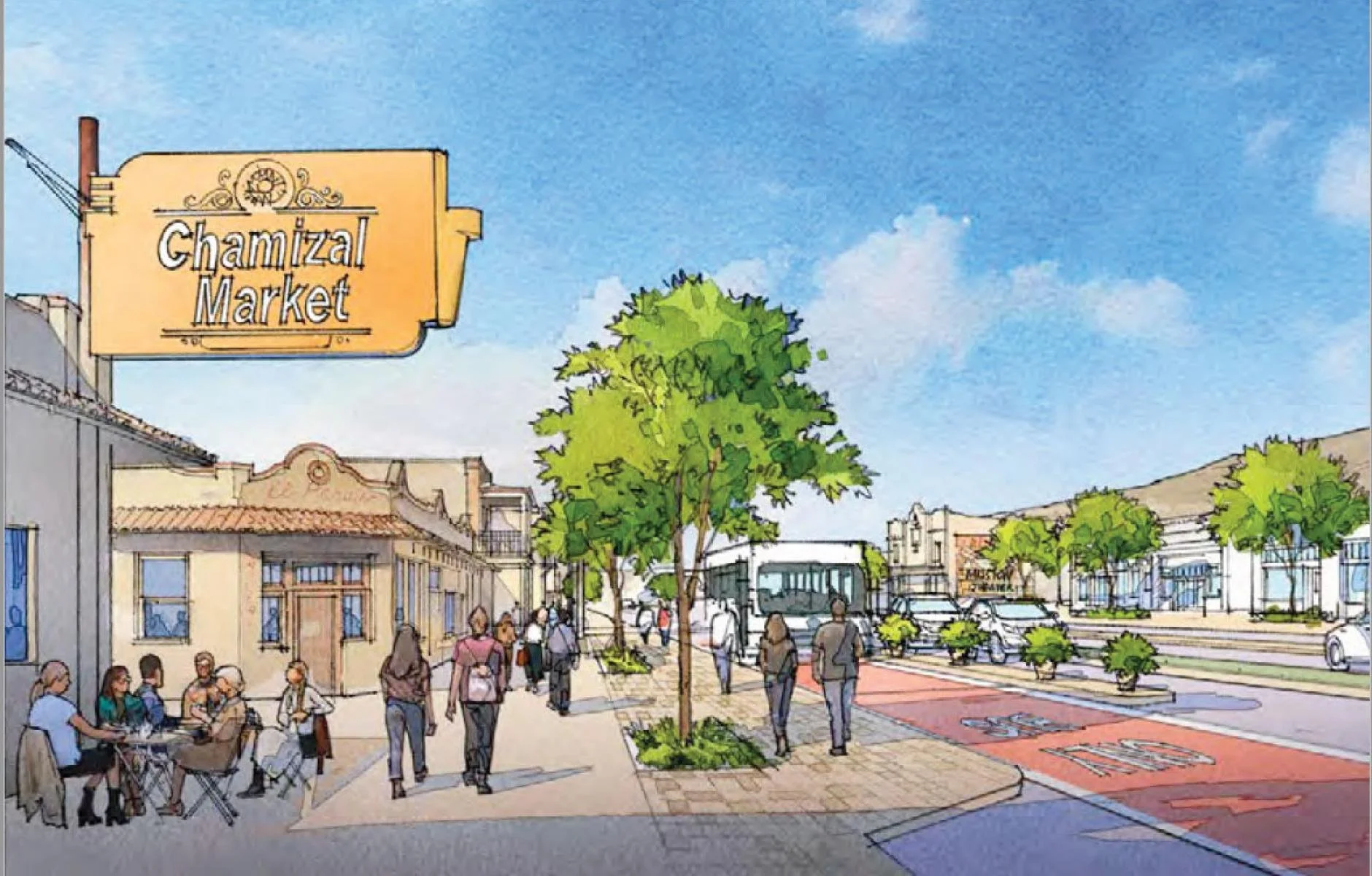The Suburbs Are a “One-Life-Cycle” Product
We have a “throw-away development pattern.” That’s how Charles Marohn, Strong Towns president, describes the suburban style of building, with single-story malls and shops, wide streets and winding subdivisions—all of which will likely fall apart within a few decades, with little money or plan in place to fix them. Marohn is an expert featured a new CNBC documentary about the current housing affordability crisis and how the way we build in America has led to it.
The video starts with the question of how we can get more people access to housing in an affordable way. Is it by building more and more suburban developments on the edge of town? Or is it by building in the traditional way that cities have been constructed for hundreds of years: filling in homes in existing neighborhoods, rehabbing older houses that have fallen into disrepair, and generally building in a compact, mixed-use manner?
At Strong Towns, we know the answer is the latter. New subdivisions may temporarily create more available homes, but that type of development has a finite lifespan and isn’t able to adapt to changing housing needs in the way that more incremental development can. Not to mention that the price tag is way higher for those suburban areas, especially when it comes to public infrastructure.
The suburbs are a “one-life-cycle product,” says Marohn in the documentary. “It’s really not a regenerative, multiple-life-cycle kind of thing.”
Strong Towns insights, delivered by Marohn, stand in vital contrast to commentary from featured speakers who celebrate master-planned, mixed-use developments and suburban retrofit—projects that fall victim to the same risks that master-planned suburban developments do. But you’ll notice pushback against these wealth-squandering approaches from Strong Towns advocates in the comments section.
As you advocate for the Strong Towns approach in your own community, we are proud to be the trusted thought leaders amplifying your voice on national news platforms. Our places need financial sustainability and prudent infrastructure management—it's beyond denial. We'll keep this conversation going until it's the standard.




Our most famous case study revealed the high cost of auto-oriented development. But what if a little creative rearrangement could make things a whole lot better?